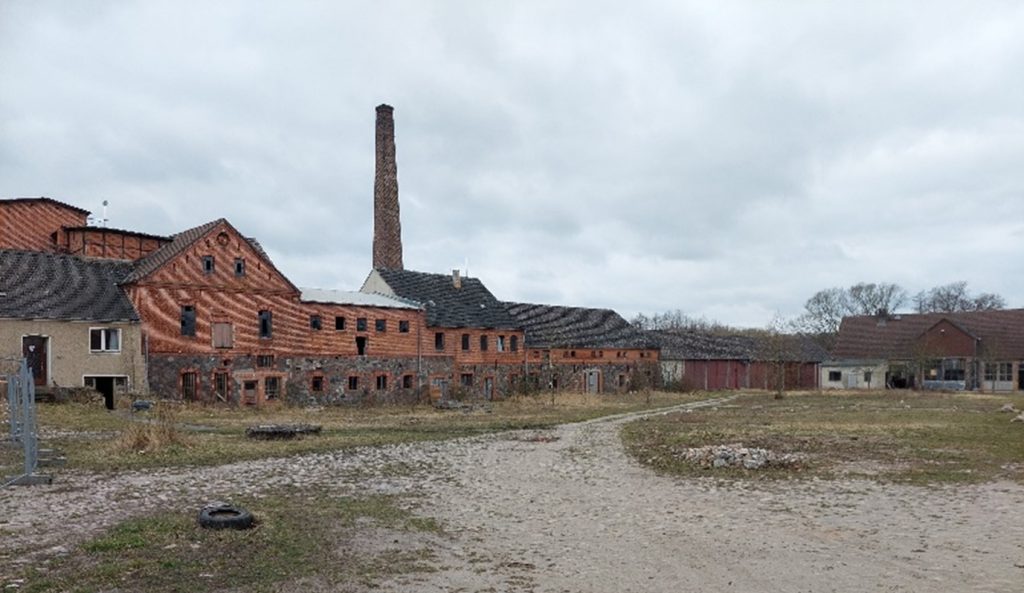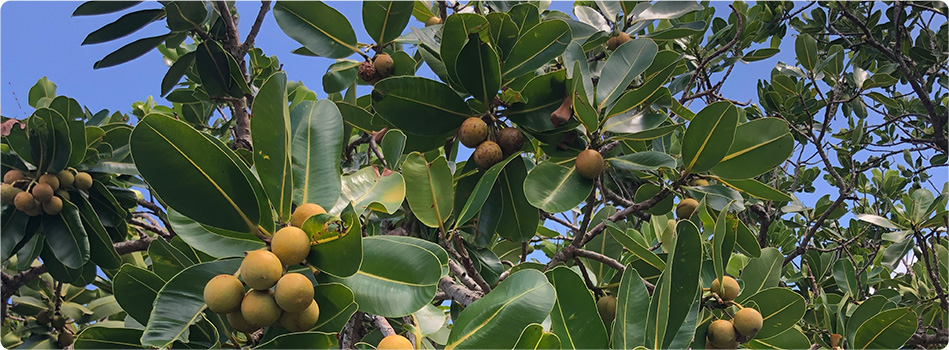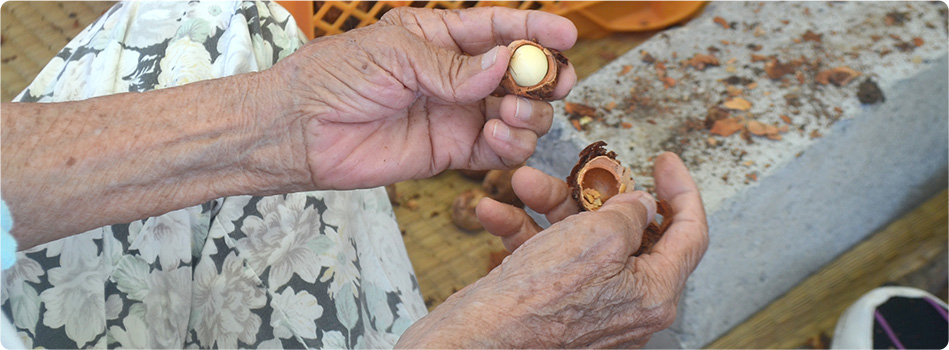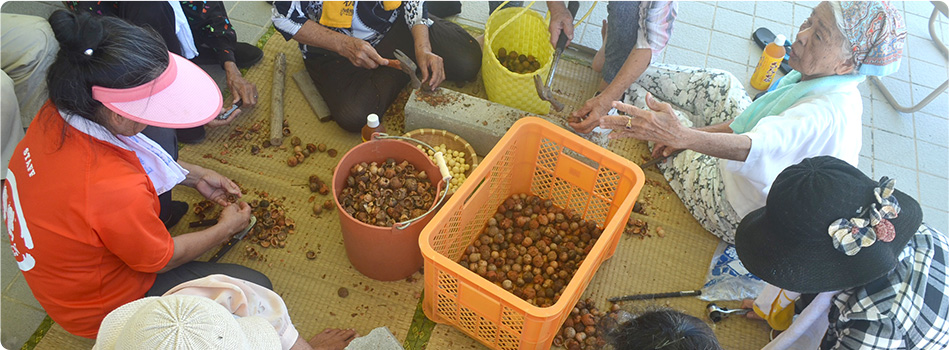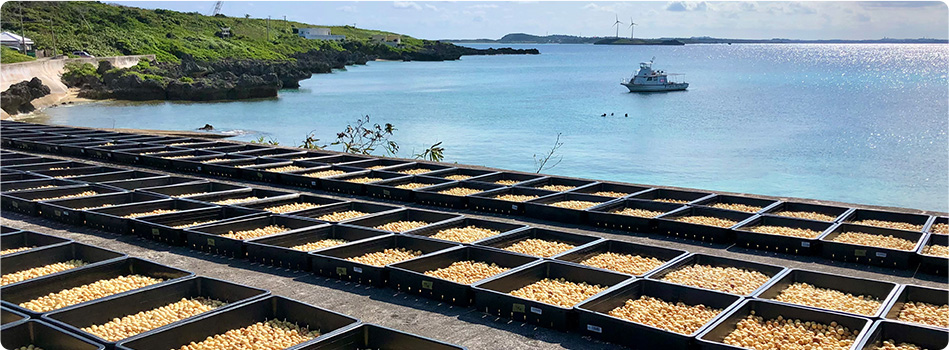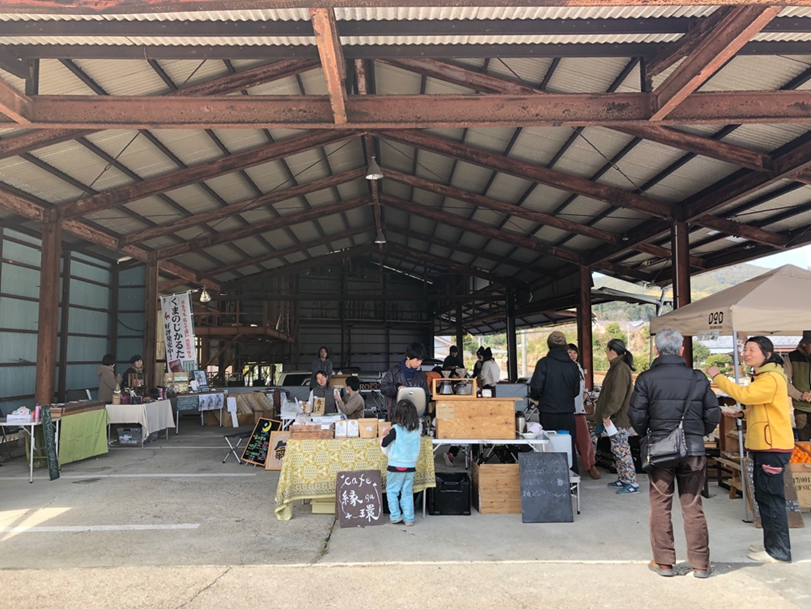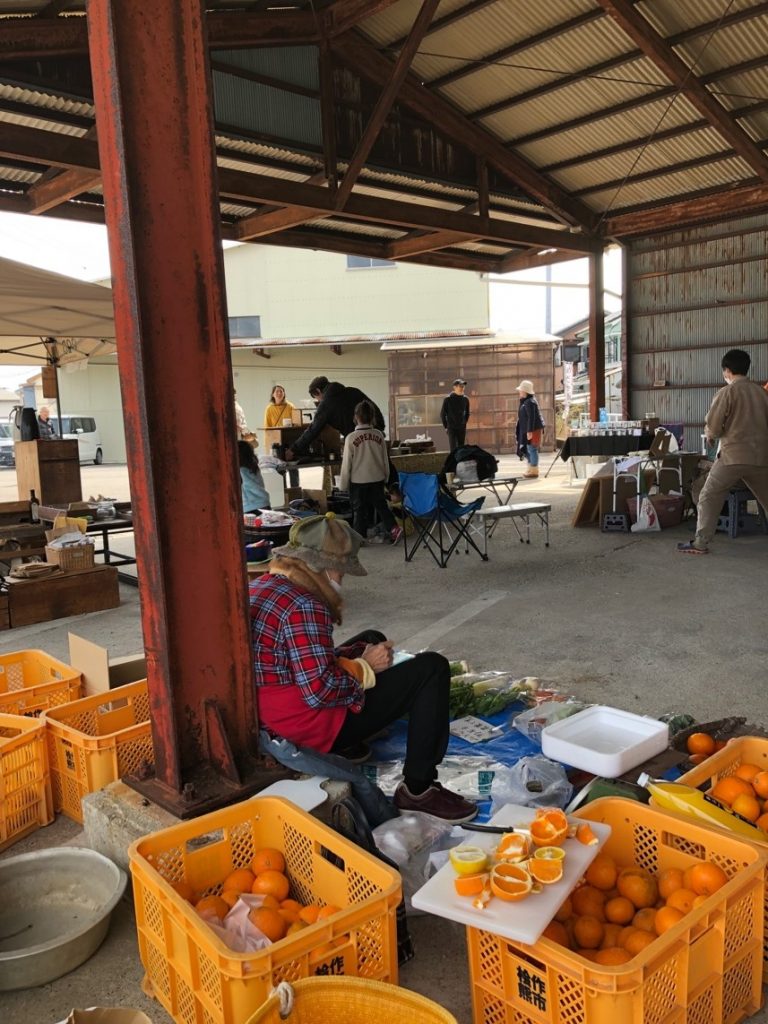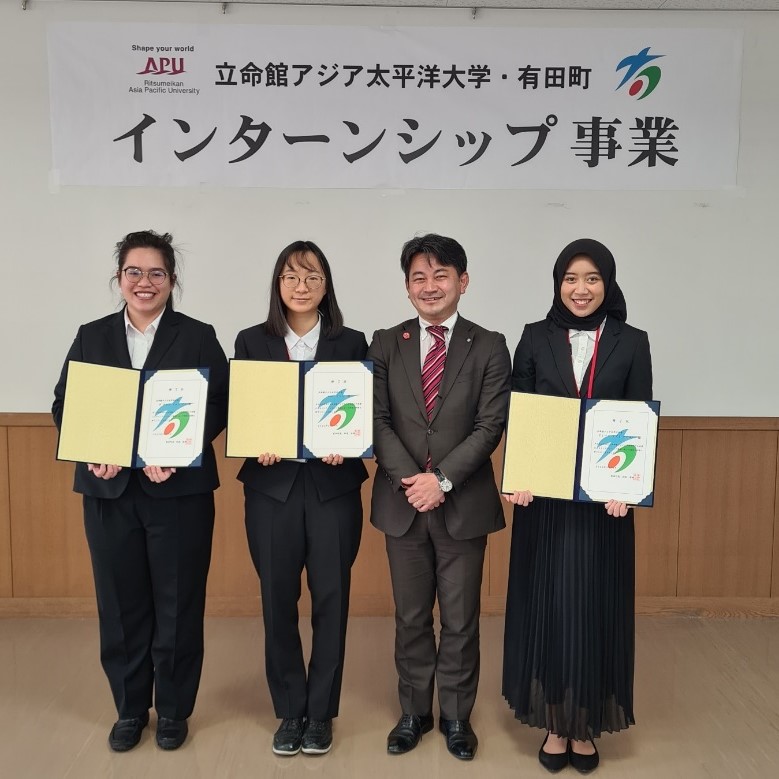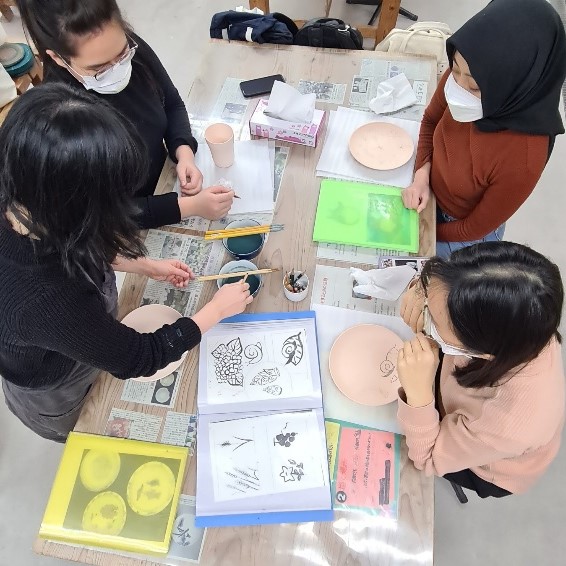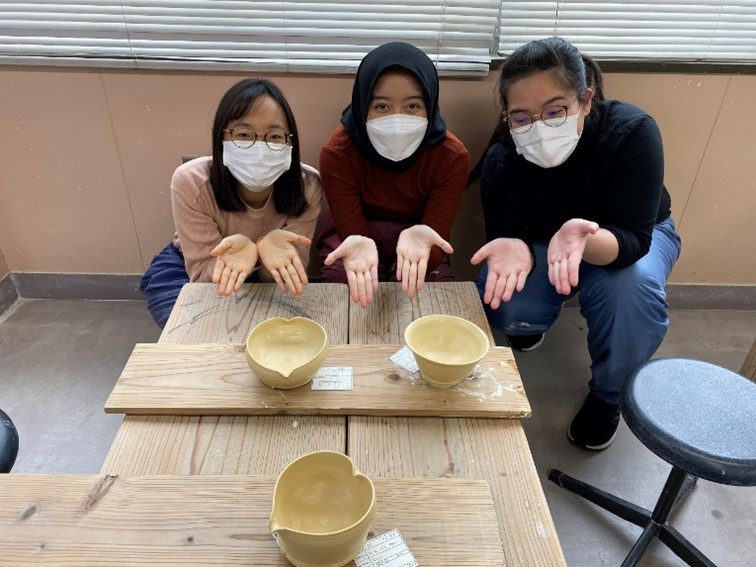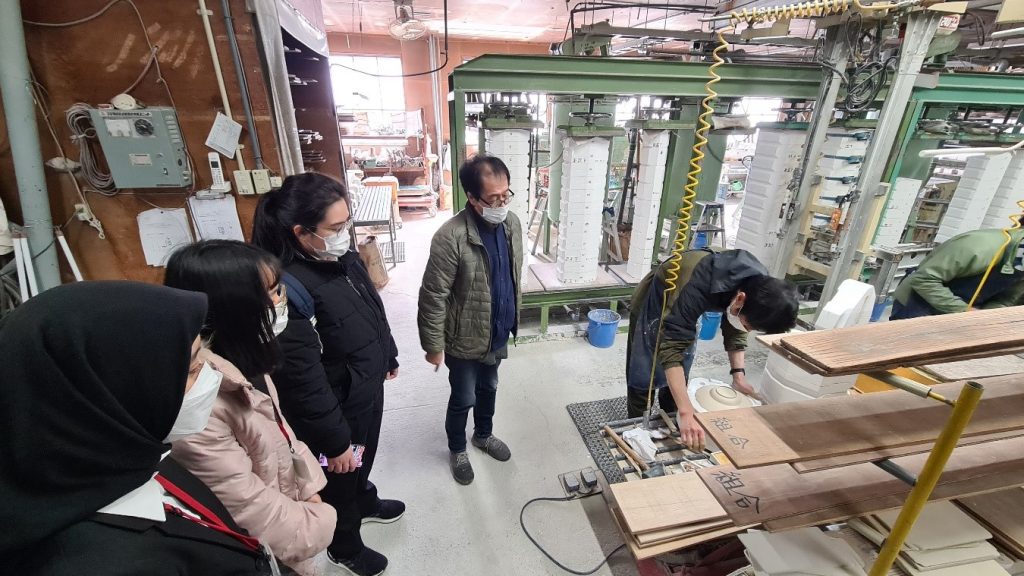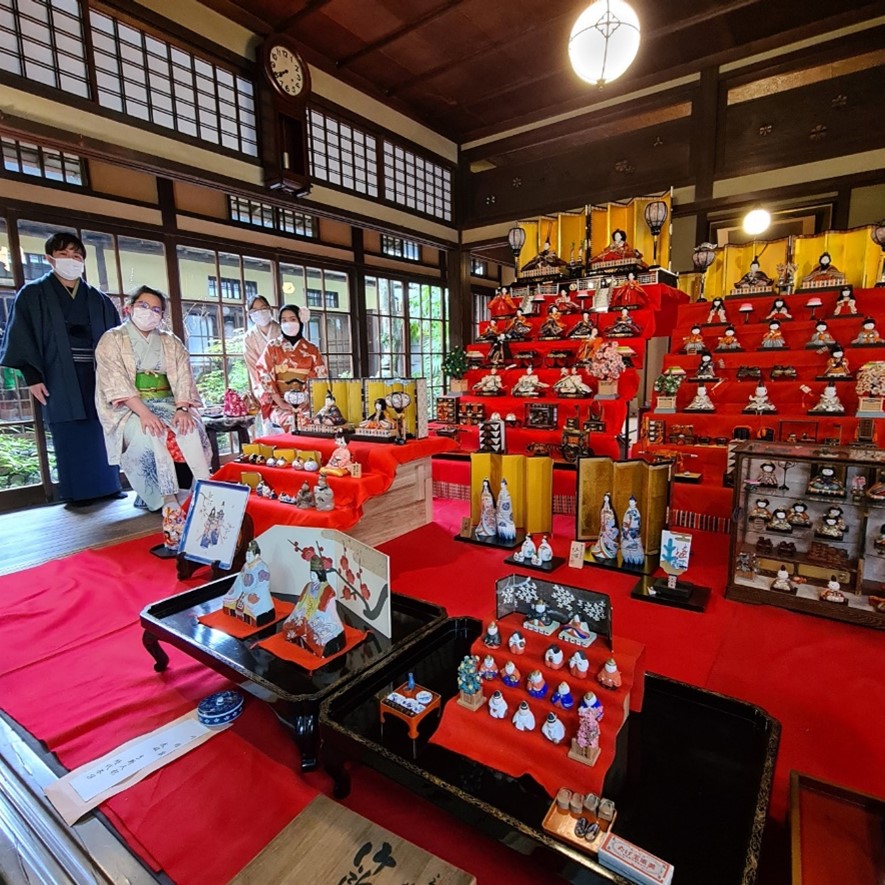by Ngo Tu Thanh (Frank Tu)
There has been an abundance of studies demonstrating that the outflow of people from rural areas to urban cities for work and education purposes is one of the main rural challenges. However, the outbreak of COVID-19 has forced countries around the world, including Japan, to utilize virtual modes of working and learning. Social distancing allows for greater flexibility since employees and students are no longer required to be physically present. As Zoom, Microsoft Teams, Webex, and other meeting applications became household names as a byproduct of COVID-19, I was really curious to figure out if the pandemic and the growing popularity of telework and e-learning might have any impact on rural Japan.
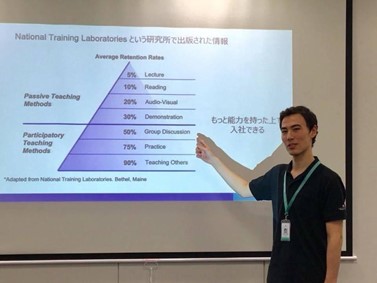
Copyright © Cédric Watanabe-Pacaud 2019
There have been reports of people fleeing Tokyo to other regions to escape COVID-19. For instance, 400,000 people were reported to have left Tokyo in 2020 [1], and the number of those moving away from Tokyo in 2022 was even higher than that in 2021 [2]. Moreover, telework also is said to have long-lasting potential. According to Yamamoto (2020), 25% of those who had worked remotely were interested in moving to rural areas. These numbers seem to suggest an increase of urban-rural migration in Japan against the backdrop of the COVID-19 pandemic [3].
In order to further explicate the impact of COVID-19 on rural areas, I have conducted online interviews and written exchanges with five national policy actors in Japan. They include a high-ranking official at the Headquarters for Regional Revitalization (Cabinet Office), three Advisors for Regional Vitality (Ministry of Internal Affairs and Communications), and one high-ranking official of the Japan Organization for Internal Migration (JOIN).
It has become clear from the exchanges that all five research participants were optimistic about an increase in urban-rural migrants, particularly due to the growing popularity and adoption of telework and e-learning. However, whether telework can have long-lasting effects on rural areas depends on whether Japan’s companies and organizations continue to allow for this mode of working, even after the COVID pandemic.

Copyright © Pham Thanh Dat 2022
The official at the Headquarters for Regional Revitalization said that the COVID-19 pandemic might have had a positive impact on urban-rural migration, particularly due to people’s changing attitudes towards migration and the emergence of telework. He stated: “While the COVID-19 pandemic has caused damage to the regional economy and society, it has changed people’s mindset and behavior as evidenced by a decline in the net inflow of population into the Tokyo region, an increase in people’s interest in migration to regions and the penetration of telework.” [4]
The Advisors for Regional Vitality also were also in agreement regarding the roles of the COVID-19 pandemic and immigration. First, they believed that the pandemic might have presented a great opportunity for urban-rural migration. The advisors explained that telework allows employees to work from rural areas while still maintaining their urban salaries. This can increase employees’ disposable income as living expenses are comparatively cheaper in rural areas. Similarly, e-learning may also allow students to attend courses at universities in urban cities while living in their hometowns. However, according to the advisors, such a positive impact of COVID-19 on rural revitalization could only last in the long term if Japanese companies and organizations allowed for this new style of working to continue post-COVID.
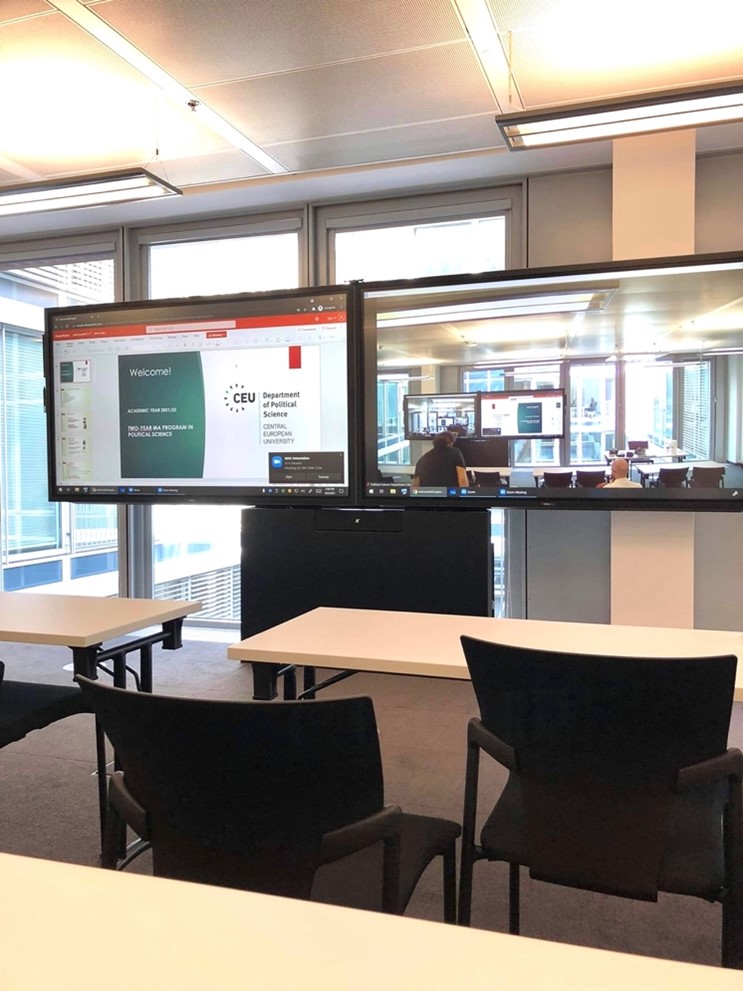
Copyright © Yuji Natsuma 2022
Similarly, the JOIN manager also believed that the pandemic would have a positive impact on migration to rural areas. He said that before the pandemic, many companies in Tokyo had already planned to move to telework for they expected that Tokyo would be overcrowded during the Tokyo Olympics. However, COVID-19 had accelerated the transition to telework. Indeed, he stated that Japanese people are moving and working remotely from places around Tokyo such as Chiba, Kanagawa, and Saitama. Finally, he also believed teleworking from places outside of Tokyo would increase disposable income.
In the early days of the pandemic, there were various efforts to incentivize Tokyo-based employees to work remotely from depopulated areas. For instance, in 2020 a company launched a “co-working space bus tour”, which visited different municipalities outside of Tokyo. The tour was a rare attempt in Japan to bring teleworkers together [5]. However, we are currently in the third year of the COVID-19 pandemic. As companies and educational institutions around Japan are slowly getting back to the traditional style that requires on-site presence, it is important to consider the potential of telework and e-learning for urban-rural migration and rural revitalization. Will Japan capitalize on this opportunity, or will it discard the three years of expertise with online working and learning? I would be very interested to follow up on this.
References
[1] Teh, C. (2021) ‘400,000 people have fled Tokyo in a 2020 pandemic exodus, seeking cheaper and less crowded cities’, Insider. Available at: https://www.insider.com/400000-people-flee-tokyo-in-2020-pandemic-exodus-2021-3.
[2] Koizumi, H. (2022) ‘More people leave Tokyo’s 23 wards than move in during 2021’, The Asahi Shimbun. Available at: https://www.asahi.com/ajw/articles/14538705.
[3] Yamamoto, T. (2020) ‘1 in 4 teleworkers mulling ditching Japan’s big cities for rural areas’, The Asahi Shimbun. Available at: https://www.asahi.com/ajw/articles/13479412.
[4] Written response from the research participant (2021).
[5] Mainichi Shimbun (2020) ‘Rimōto wāku saizensen: kowākingu tsuā basu de katamichi 90 kiro idõshinagaramo hataraku hito mo aidea mo bunsan’. Available at: https://mainichi.jp/articles/20200124/ddm/012/100/077000c.






